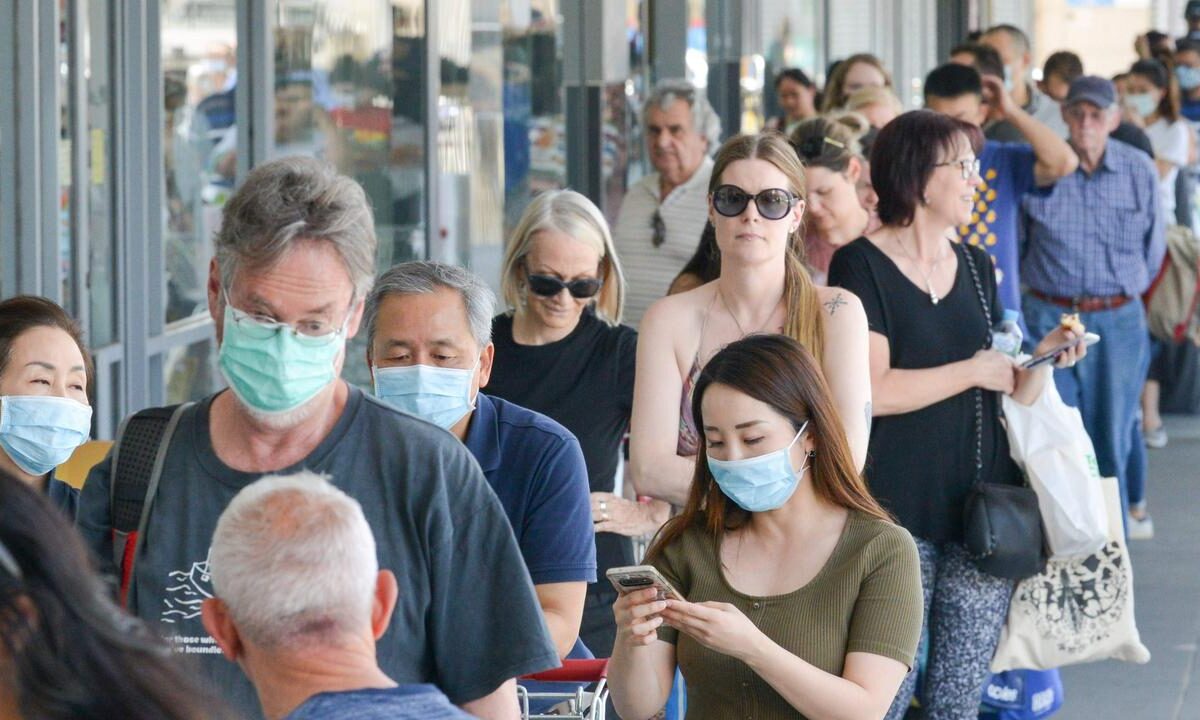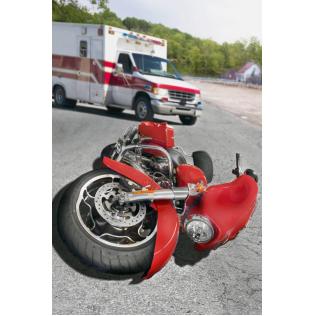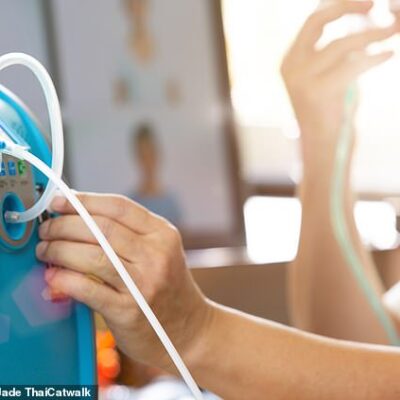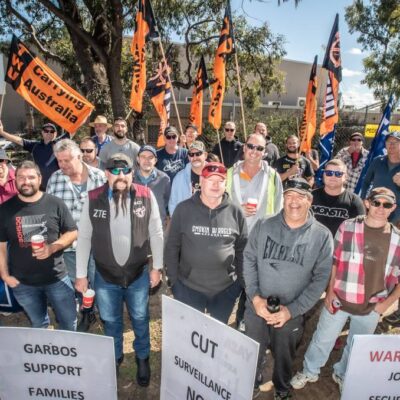South Australia was plunged into a strict six-day lockdown on the back of a declaration that a “dangerous” new strain of coronavirus had swept the state’s capital.
It was a claim that raised eyebrows among epidemiologists around the country, some of whom labelled it “rubbish”.
Today, it was essentially revealed that an alleged lie led health authorities and the government to conclude a new strain must have merged.
South Australian Premier Steven Marshall sent the state into a lockdown in a bid to stop a coronavirus cluster spreading, an outbreak he initially labelled “a particularly sneaky strain”.
“[It’s a] highly contagious strain and if we don’t get on top of that very, very quickly it will get away from us and that will be disastrous for us in South Australia,” Mr Marshall said on Thursday.
“The elements of this are quite frightening. It’s quite different than anything we’ve seen before.”
Chief Health Officer Professor Nicola Spurrier claimed the strain the state was currently dealing with has a “very, very short incubation period”.
“That means when somebody gets exposed, it is taking 24 hours or even less for that person to become infectious to others and the other characteristic of the cases we have seen so far is they have had minimal symptoms and sometimes no symptoms but have been able to pass it to other people,” she said.
Premier Steven Marshall claimed South Australia was dealing with a ‘highly contagious’ COVID-19 strain. Picture: Tricia Watkinson
Professor Spurrier said that characteristic meant that a generation, or stage of people passing on the virus to others, was only about three days.
These claims the state was dealing with a dangerous new strain came before authorities revealed on Friday a person involved in the new cluster had allegedly lied to contact tracers.
One of the cases linked to the Woodville Pizza Bar initially told authorities he was a customer, leading to concerns about how he became infected so quickly.
The man later revealed he was actually a worker at the restaurant.
In light of the new information, the Premier announced the state’s lockdown would be ending early, with restrictions lifting on Saturday night.
Professor Spurrier also backed away from her previous claims about the outbreak, now saying “there is nothing about the genomics in any way that makes it particularly special, it’s just that we can fingerprint it and track it back to where it came from”.
But even before this new information came to light, multiple experts were questioning the claims this strain was more “sneaky” or dangerous than other virus strains seen in Australia.
Infectious diseases physician and epidemiologist at the Kirby Institute, Professor Greg Dore, called the claims “rubbish”.
“Great that SA Premier on front-foot, but to say ‘so it’s quite different than anything we’ve seen before’ because of number of people that have been detected as asymptomatic is *rubbish*,” he wrote on Twitter.
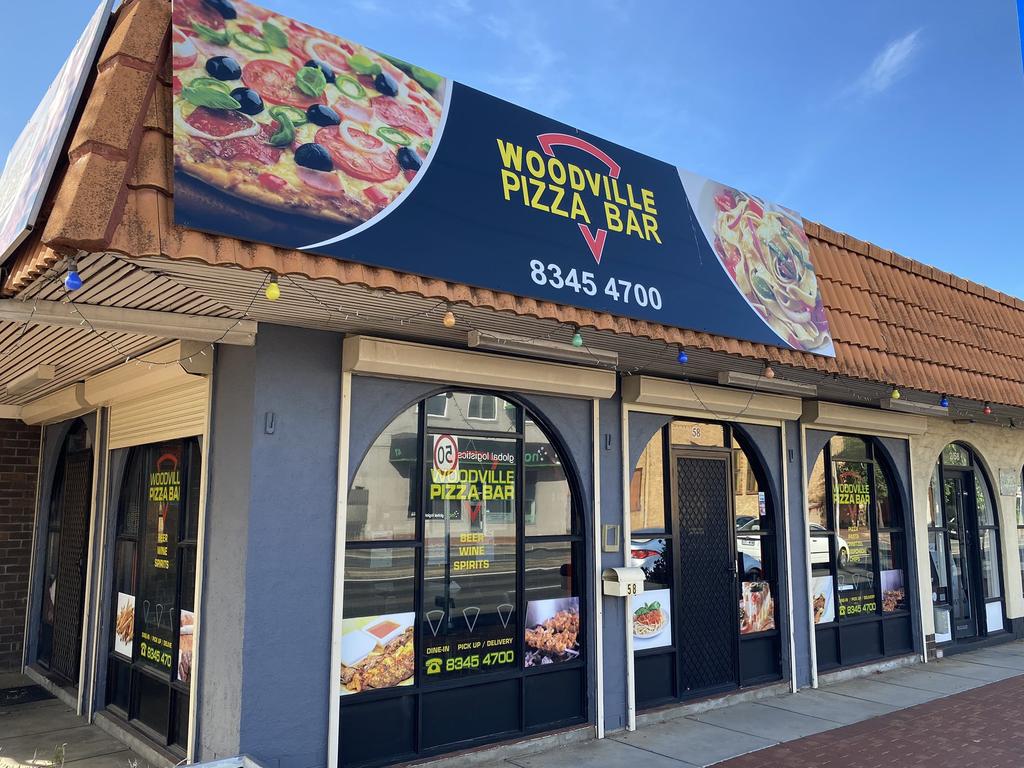
Authorities have now discovered a COVID-19 case was a worker at the Woodville Pizza Bar, not a customer like they initially claimed. Picture: Patrick James
Professor Dore explained his comments to The Sydney Morning Herald, saying it was South Australias testing strategy that was making it seem like the virus is acting in a different way.
Because the state is testing a higher number of people without symptoms, it means they are more likely to pick up on asymptomatic cases.
“The virus has not changed at all. It’s just the detecting strategy,” Professor Dore said.
“It artificially elevates the asymptomatic proportion of cases, and it shortens artificially the incubation period.”
Doubts over claims of a new virus strain came before authorities admitted today
Emerging viruses researcher with the Menzies Health Institute Queensland, Dr Adam Taylor, said the characteristics of this virus explained by South Australian officials all match up with the major strain of the virus that has been circulating and don’t necessarily indicate a new strain.
“The characteristics they describe, such as ‘highly contagious’, may be a result of how the virus is interacting with humans, rather than a change in the virus,” he told The Guardian.
“For example, the rapid spread of the virus in this outbreak may be due to a superspreader event, possibly centred on the pizza parlour. This is a more likely scenario than the rise of a new virus strain.”
Dr Taylor said genome sequencing would have to be conducted to confirm it is a new strain and until then authorities can’t be completely sure they are dealing with something new.
Despite many virus experts questioning the premier’s the chief health officers claims, there are some that agreed this strain posed more of a risk to the community.
University of South Australia epidemiology and former World Health Organisation adviser, Professor Adrian Esterman, said this strain was “dangerous because it’s highly infectious”.
“This virus is what we call an RNA virus. All viruses are made of genetic material and they can be either DNA or RNA. Some viruses are RNA like HIV and influenza and they tend to mutate much more than DNA viruses,” he told Nine’s Today show.
“So the coronavirus is making small changes and every once in a while they make a big change which is why we need to make a big change.”
There have been 22 COVID-19 cases linked to Adelaide’s Parafield cluster.
More than 3000 people have been sent into quarantine and the state is now on lockdown in a bid to stop the outbreak growing.
Originally published as ‘Dangerous’ virus strain claim falls apart


